The ripe berries of sea buckthorn (Hippophae rhamnoides) at Ashbridge’s in August. © BCP 2010
I owe another debt of thanks to an eagle-eyed reader who pointed out — ever so gently — a rather conspicuous error in my post from two weeks ago (Tuesday, August 10).
I have no idea where my brain was when I wrote that the chicory was blooming beautifully along the footpath at the far end of the Ashbridge’s Bay peninsula….where the gnarly Russian olive trees form a natural arch.
The natural arch formed by sea buckthorn at Ashbridge’s. © BCP 2010
(See inset picture at left, reprinted from the original post.)
Why did I write Russian olive trees, when there is absolutely no mistaking the orange berries in the original picture? They couldn’t be anything but the striking fruit of the sea buckthorn.
Around the same time as I took the arch photo, I also took a close-up of the buckthorn berries. They’re a plentiful food source for a variety of animals that can take advantage of their high nutritional value while managing to avoid the buckthorn’s sharp thorns.
This plant, another exotic from Asia (it’s native to western China) that has been naturalized here, has quite an amazing story. Wiki informs me that its berries are both “edible and nutritious, although very acidic (astringent.)” My favourite online encyclopedia goes on to describe in detail how the fruit is used in pies, jams, lotions and liquors. It’s loaded with useful phytochemicals, including carotenoids — no surprise there — as well as vitamins C and E. You can read the whole entry by clicking here.
Thank you, Ken, for pointing out my error. Glad to get it corrected.
© BCP 2010


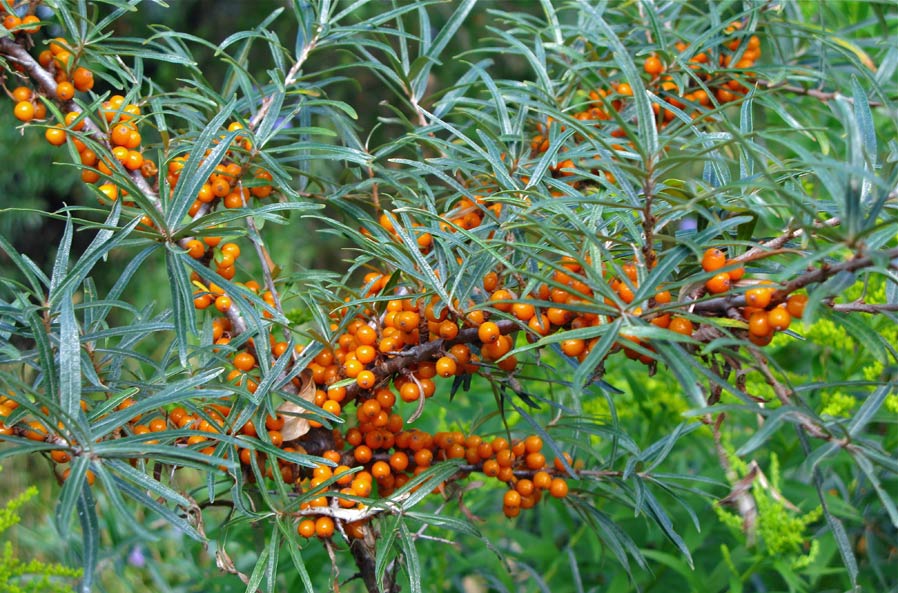
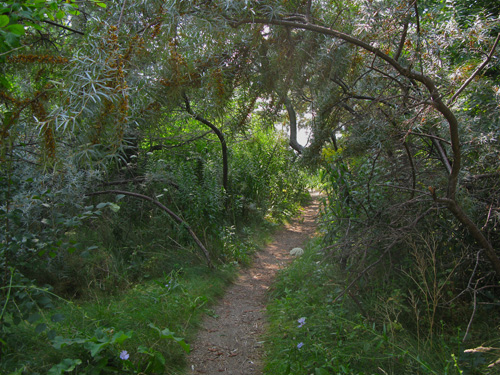
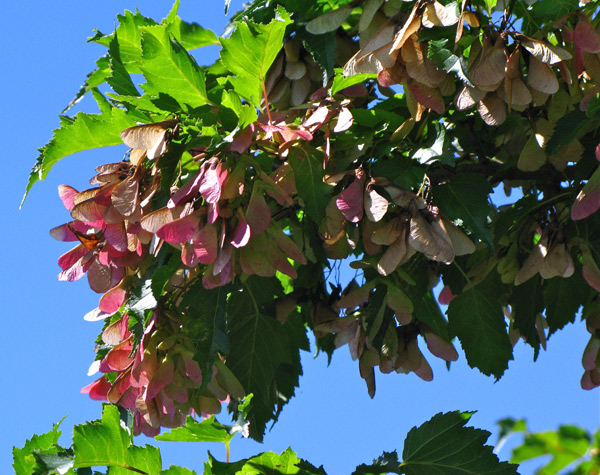
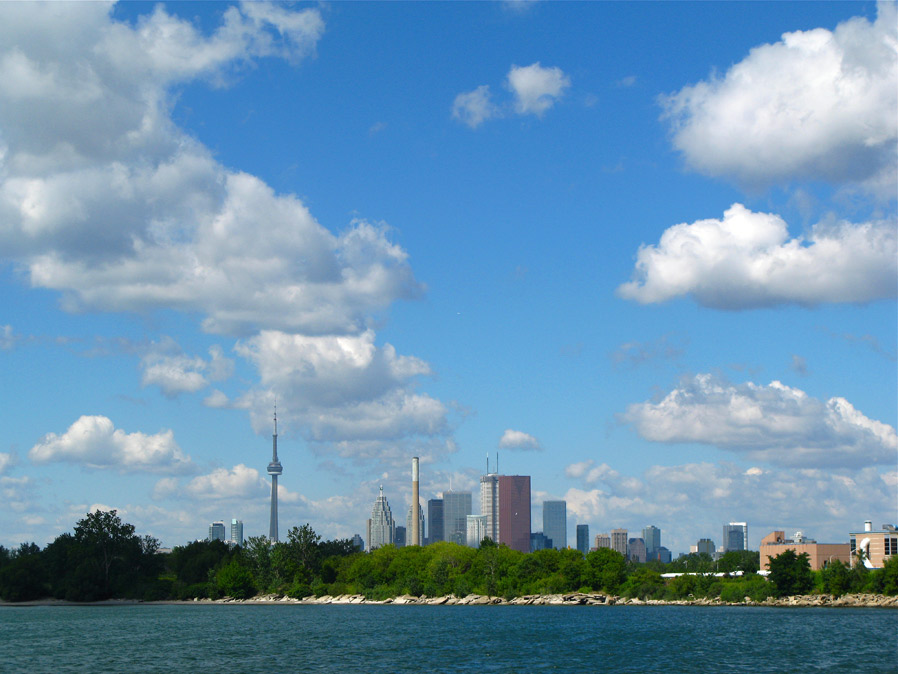
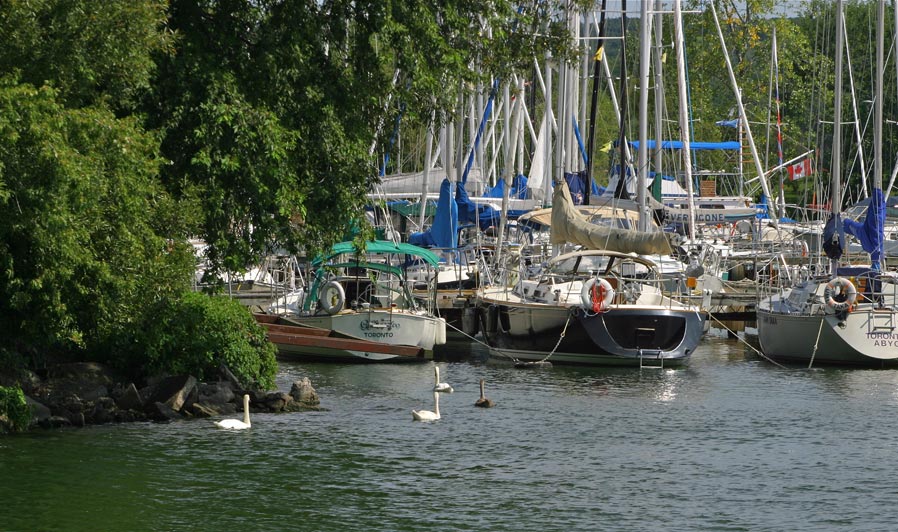
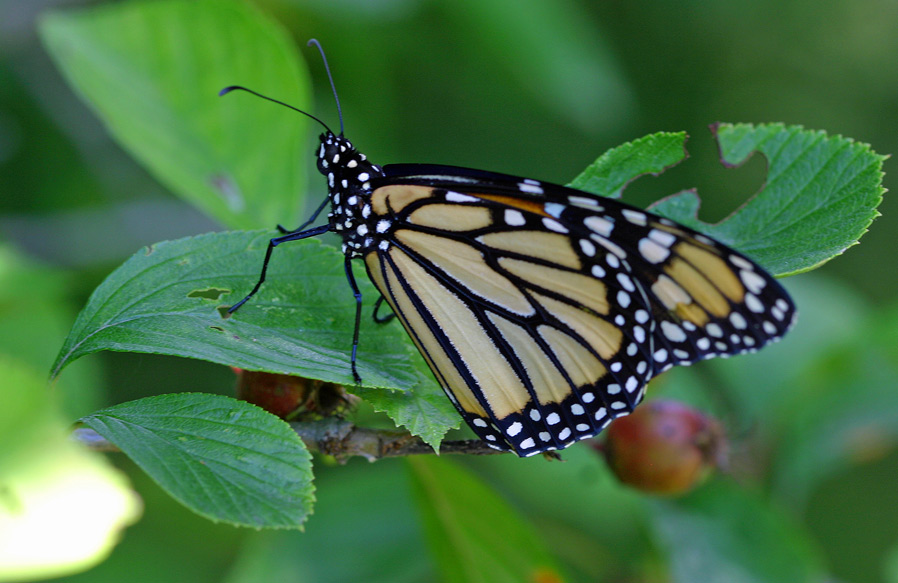

no comments